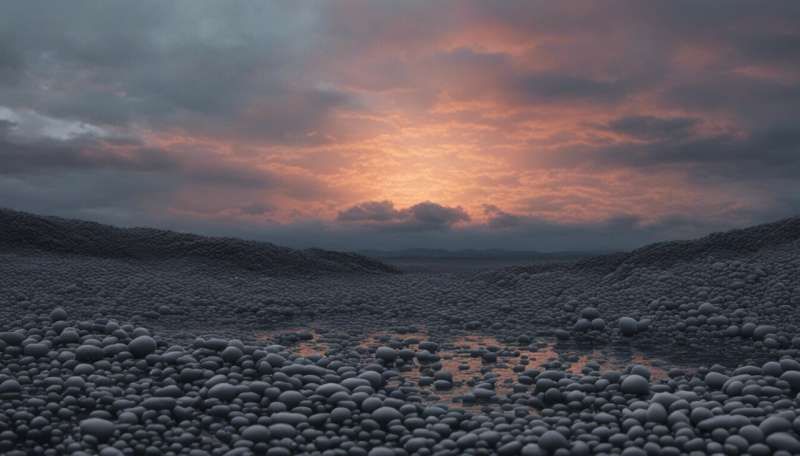Could coal ash be a viable source of rare-earth metals?

Rare-earth elements, including neodymium and yttrium, are not actually rare – more common, in fact, in the Earth's crust than . But, because they are scattered widely, and hard to separate from their surrounding ores, mining and refining them is difficult.
Rare earths are valuable, too. They have unique properties that make them useful in modern energy and electronic products. Electric vehicles and wind turbines need high-performance electric motors and generators, which in turn require strong magnets made of . Yttrium, terbium and europium are on laptop, cellphone and TV screens. Lanthanum is crucial to , and cerium acts as a catalyst in . Researchers are looking for alternatives and substitutes, but it's .
Most rare earths – – are produced in China. The last U.S. rare-earth mine , leaving the country dependent on imports – and vulnerable when, as happened in 2010, in a trade conflict.
The fact that a has prompted some people to consider . But identified another possibility: , an abundant waste product with relatively high concentrations of these key elements.
Coal ash as a source
As a byproduct of burning coal to make electricity, the U.S. produces nearly . About 43 percent of that is used as an ingredient in cement and to . The rest goes to landfills or gets mixed with water and stored in open ground pits called .
That coal ash contains . In ash from some types of coal, the concentrations of rare earths are as much as than when .
Research, , has found at least three ways to extract rare earths from coal ash, though none is yet commercially viable. The first two methods, , are either too expensive or too time-consuming and therefore unlikely to be practical at an industrial scale.
A third route, which our research explores, uses heated, compressed carbon dioxide to selectively dissolve and extract the rare-earth elements. This form of carbon dioxide, called "," has , including in the food industry, .
Using carbon dioxide
Our research has found a for extracting rare earths from coal ash using supercritical carbon dioxide. There are still significant challenges, though.
First, the process needs other chemicals. Carbon dioxide is relatively cheap, but it can't help rare earths clump together and separate from the other elements in coal ash. Doing that will likely require an expensive chemical such as . Researchers will need to find ways to use as little of that as possible to keep costs down.
Second, the process has to be especially efficient at extracting . Many coal ashes have lots of those elements – but not all, which raises the third challenge.
Some coal sources – and therefore the ash when that coal is burned – have more rare earths than others. We found that the value of rare earths in a single ton of coal ash can vary from US$99 at a coal plant in Ohio to $534 at a West Virginia plant. With extraction costs expected to range between $380 and $1,200 per ton, not every coal plant's ash will be a profitable place to find rare earths.
Dealing with the leftovers
After the rare earths are extracted where possible – and profitable – the rest of the coal ash would not need to be handled any differently than it is already. But it would help the coal industry take a step toward a "," in which anything one process generates as waste can be used as a raw material in another process. Further, the carbon dioxide and other chemicals needed for rare-earth extraction can be reused, reducing waste from the process itself.
This method would give the coal industry an additional stream of income – which would not likely reverse its decline, but could give coal a different strategic role in the country's economy, even as its use as an .
Provided by The Conversation
This article is republished from under a Creative Commons license. Read the .![]()


















